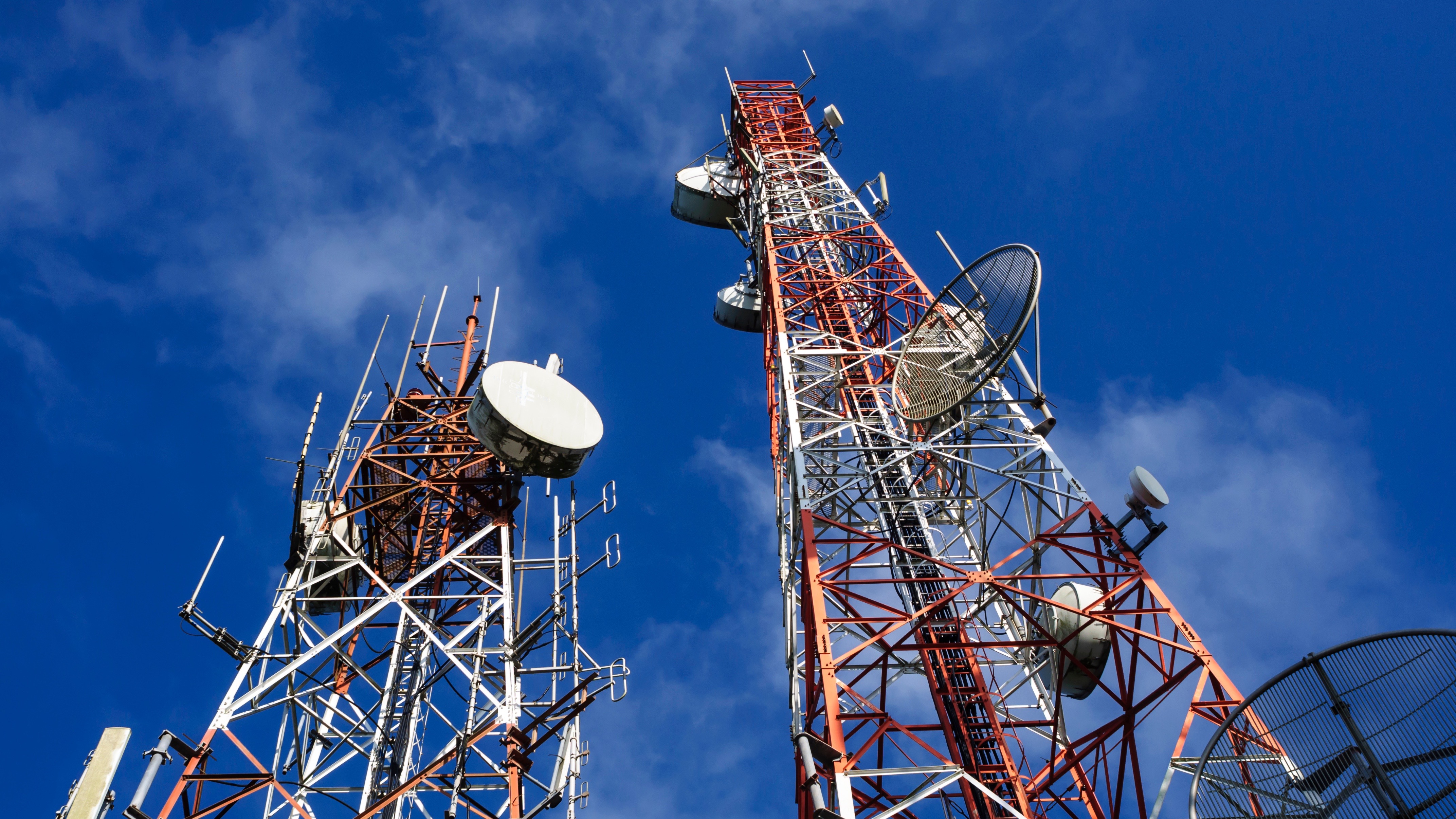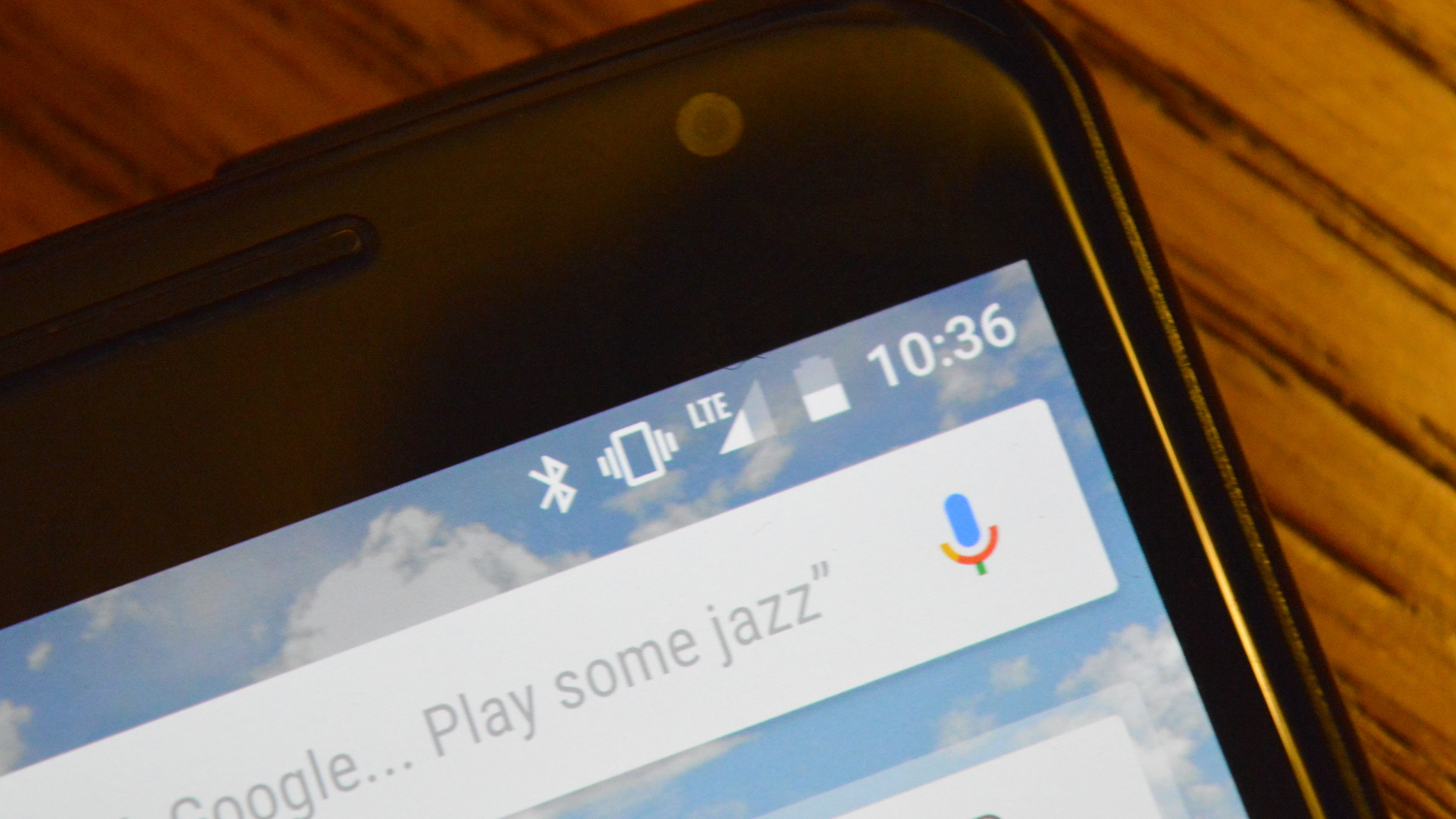How our 5G network future is really shaping up
Faster phone connections are on the way, but when?

Our Gs are leveling up, folks. You may be reading this on a device connected to 3G, but whether you have 4G in your area or not, our 5G network future is well and truly underway.
Just recently the Federal Communications Commission (FCC) laid out its plans for 5G wireless and its deployment, with the agency's first step being to designate certain radio wavelengths to the new standard. What happens after that? Well, that's up to the carriers, which are currently developing the tech needed to bring 5G to users.
Before we go any further, let's answer this: what is 5G? It's actually a little nebulous right now. According to wireless industry analyst Jeff Kagan, 5G is defined as a "network that will deliver data at higher speeds than 4G." A bit generalized, but seems sensible enough.
"5G simply means it's going to be a faster network, and it's going to be delivering more video and more features and functionality than we typically get today with 4G," says Kagan.
Lab tests by carriers suggest these speeds may sit somewhere between 1Gbps and 10Gbps, however, it remains to be seen whether that will hold true in the real world.
Next-gen waves
It only makes sense that carriers and the FCC are looking towards the next generation of mobile data. For one, we're watching more video on mobile devices than ever, so greater speeds will improve the streaming experience. On top of this, the rise in the Internet of Things brings the need for much higher bandwidth, considering the sheer number of devices connected to our networks.

By all indications, 5G will be ready for rollout by 2020. Nokia is working on developing the new standard, saying it hopes to finish tinkering with the technology behind 5G by 2018 so that it can be commercially ready two years later.
Get daily insight, inspiration and deals in your inbox
Sign up for breaking news, reviews, opinion, top tech deals, and more.
The FCC really doesn't have much of a role in this, however, without its action, 5G is impossible. That's because carriers can't deploy 5G until they know which radio frequencies they can and can't use for the new tech. The commission is currently working to sort those frequencies.
So, can we hit the much-discussed 2020 deployment date for 5G? The answer seems to be a resounding, "yes and no."
I don't even have 4G yet - why are we talking about 5G?
This concern is frequently brought up when discussing 5G. Take a look at a coverage map from any of the major carriers, and you'll see far more swaths of 2G than 4G.
But, question the decision to push for 5G as you might, the reality is that your complaints are simply history repeated. While you might be connected to a 3G network, there are still plenty of people stuck on 2G, and it's likely that even after five years of being treated to 5G, there will still be plenty of people stuck solely on 4G.

The hard truth is that carriers spend more money in markets where they can get the biggest return - like New York and San Francisco. As time goes on, carriers will upgrade their entire networks, but markets with fewer people are likely to always be behind; if you're in a small market, you might only get 4G after 6G is available.
"Much of the market is still 3G," says Kagan. "In fact, part of the market is still 2.5G, and so the people who are on 2.5G, who are the last to come onto 3G and the last to come onto 4G [...] they'll probably be the last to come onto 5G. And that's just because of where they live [...] it's not as attractive to the carriers as the bigger markets where they can get a bigger return on their investment."
The takeaway here? Sit tight. If you're in a 3G market, you most certainly won't get 5G by 2020. You'll get it, eventually, but don't hold your breath.
A more realistic 5G release date?
This isn't the first time the US has deployed a new wireless data standard. In fact, we have four other Gs in the books. You may remember that 4G was actually talked about years before it was deployed on a commercial level - the history of 4G can be dated back as early as 2002, when the International Telecommunications Union first laid out the strategic plans for the new standard.
It wasn't until 2009 - seven years later - that 4G was first deployed in the US, and not until 2010 that 4G-capable phones started hitting the market.
That's not to say that carriers can simply flip a switch and turn on 5G
From early conception to full deployment, 4G took about eight years to arrive in its full form in the US.
"We've moved from 1G to 2G to 3G, and now we're in 4G and we're preparing for 5G," Kagan says. "Each one of these takes between five [to] 10 years to become real. So, when we start talking about it, that's when the planning starts, that's when the testing starts, but before we start installing, before we start upgrading sites, before we start making available handsets, it's going to be years."
It stands to reason that since 4G took seven to eight years to deploy, we won't see 5G until at least 2023 or 2024. Or, will we?
Building on the past
When the other Gs were first implemented, they required a full overhaul of the technology needed for delivering data. Turns out, while there are plenty of technological limitations in the deployment of 5G and tons of research and development needed to fully implement it, some of what's used for 5G will be based on 4G LTE tech.
"5G is likely to not have a totally new protocol or interface; it's likely to be based on LTE concepts," says Akshay Sharma, networking and communications equipment analyst at Gartner. "So, unlike the previous Gs, when we went from 1G analogue to 2G digital to 3G WCDMA concepts and then 4G [...] each was a different multiplexing approach, whereas 5G is most likely to still be based on 4G concepts […] on new architectures and new spectrum."

A Verizon spokesperson confirmed this sentiment, telling us that it "fully expect[s] 5G to be an evolution of [its] highly advanced 4G LTE network."
Of course, that's not to say that carriers can simply flip a switch and turn on 5G. There are still significant technological roadblocks preventing the spectrum from being deployed in a timely manner.
For one, 5G will likely be delivered via high-frequency radio waves. High-frequency waves can deliver far higher data speeds, however, they can't travel through walls and air as easily as lower-frequency waves can. This means there's some serious infrastructure that will have to be put in place in order to make 5G a reality. Some even suggest that individual buildings will need some kind of fitting to send high-frequency waves, in which case 5G will act more as a supplement to LTE when you're in certain locations rather than a replacement.
The good news for 5G advocates is that carriers are testing this technology as we speak. Verizon has, at least publicly, been testing it longer than anyone else, though at this point all four major US carriers are trying it out and preparing for the infrastructure work ahead.
"While it is very early in the development process, we do expect there will be a need for additional hardware, cell sites, and other infrastructure," says Adam Koeppe, Vice President of Technology Planning at Verizon. "Part of the work at our innovation centers and with our partners will be creating much of this equipment - for example, developing even smaller cells with greater network efficiencies."

As far as the other carriers go, Sprint has experimented with 5G for some time, too. It even put a few of the concepts behind 5G to the test at this year's Copa America tournament, according to a blog post from the company. T-Mobile revealed in a recent earnings call that it was conducting lab tests for 5G, and AT&T said it would partner with Ericsson to test 5G beginning in the second quarter of this year.
High five?
Technologically, 5G is possible by 2020. Carriers are developing the tech that will be deployed on a mass scale as we speak, and many are well into the testing phase of development.
While it's technologically realistic that we could have 5G in four years' time, a launch of 5G and a nationwide rollout are two totally different things. Even if carriers launch 5G in 2020, we shouldn't expect it to be available across the US for a least a few years after that.
In other words, don't get too excited for 5G, especially if you don't live in a major market. If you're still stuck on 3G, it's going to be a while before you skip 2 Gs ahead - 4G still needs to make its way to where you live. 5G is coming, to be sure, but it likely won't reach the average consumer for many more years. By then, we'll probably be talking about 6G. Wonder what that will be like?
Want to find out more about 5G? Check out our dedicated 5G hub!
Christian is a writer who's covered technology for many years, for sites including Tom's Guide, Android Central, iMore, CNN, Business Insider and BGR, as well as TechRadar.